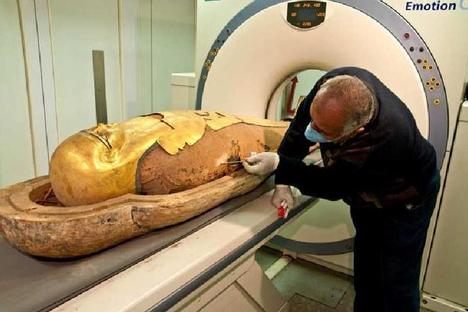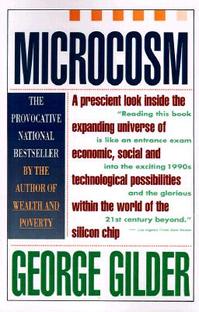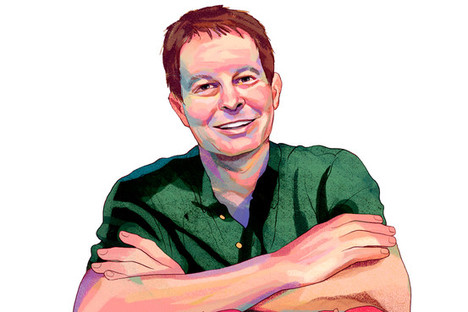(p. A21) The saddest fact of climate change–and the chief reason we should be concerned about finding a proper response–is that the countries it will hit hardest are already among the poorest and most long-suffering.
In the run-up to this month’s global climate summit in Copenhagen, the Copenhagen Consensus Center dispatched researchers to the world’s most likely global-warming hot spots. Their assignment: to ask locals to tell us their views about the problems they face. Over the past seven weeks, I recounted in these pages what they told us concerned them the most. In nearly every case, it wasn’t global warming.
Everywhere we went we found people who spoke powerfully of the need to focus more attention on more immediate problems. In the Bauleni slum compound in Lusaka, Zambia, 27-year-old Samson Banda asked, “If I die from malaria tomorrow, why should I care about global warming?” In a camp for stateless Biharis in Bangladesh, 45-year-old Momota Begum said, “When my kids haven’t got enough to eat, I don’t think global warming will be an issue I will be thinking about.” On the southeast slopes of Mt. Kilimanjaro in Tanzania, 45-year-old widow and HIV/AIDS sufferer Mary Thomas said she had noticed changes in the mountain’s glaciers, but declared: “There is no need for ice on the mountain if there is no people around because of HIV/AIDS.”
For the full commentary, see:
BJORN LOMBORG. “OPINION; Time for a Smarter Approach to Global Warming; Investing in energy R&D might work. Mandated emissions cuts won’t..” The Wall Street Journal (Tues., DECEMBER 15, 2009): A21.



